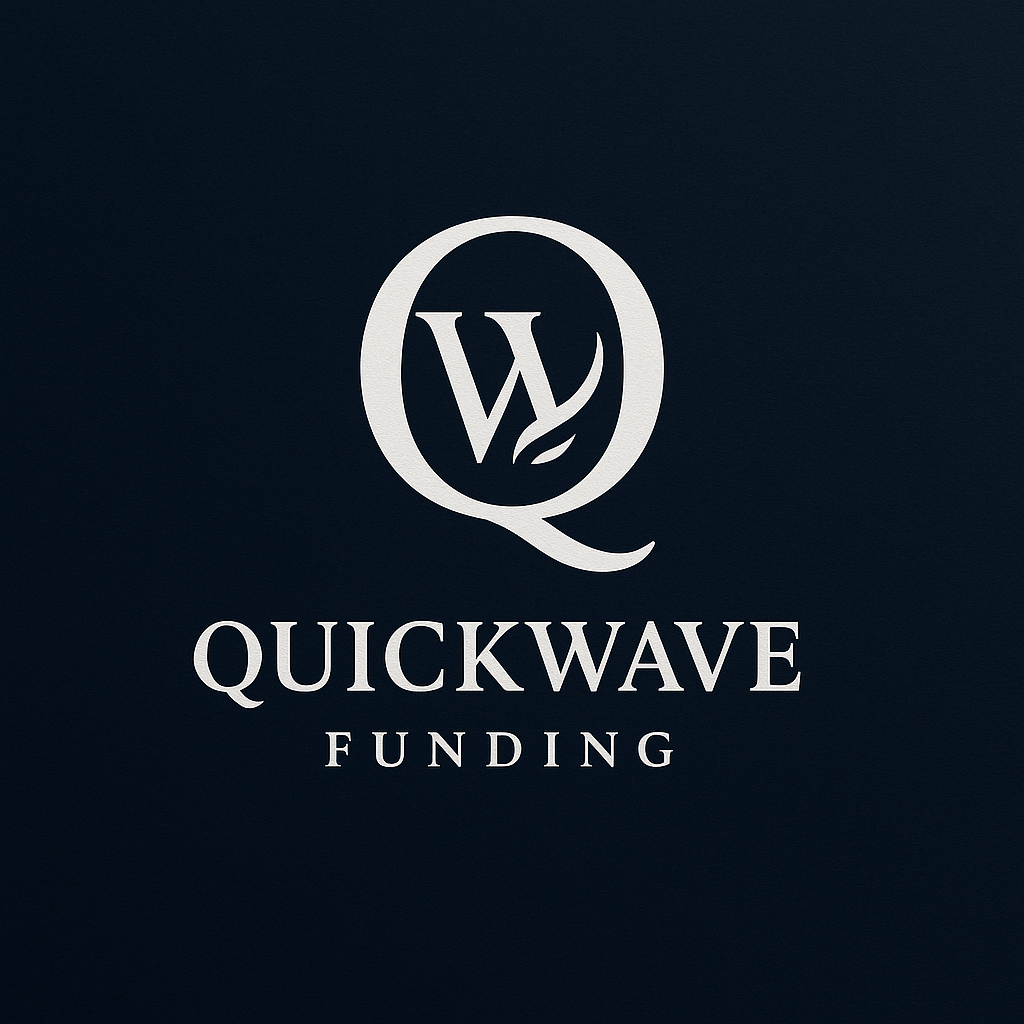Factor Rate vs. APR — Make Apples-to-Apples Comparisons
Last reviewed: September 09, 2025
What is a Factor Rate?
A factor rate is expressed as a decimal (for example, 1.35). This means you repay 1.35 × the borrowed amount. If you borrow $100,000, you’ll pay back $135,000 in total.
Factor rates are simple, but they leave out the time element—how fast you must repay—which makes them misleading.
What is APR?
APR, or Annual Percentage Rate, is the standardized way of showing borrowing cost. It rolls together the interest rate, origination fees, and repayment schedule into a yearly rate. This makes it possible to compare different products fairly—MCA, LOC, and traditional loans.
Why Factor Rates Can Mislead
- No time element: Paying $135k back in 3 months vs. 18 months looks the same in factor terms, but the cost is dramatically different.
- High implied APR: A 1.35 factor repaid daily over 6–9 months can translate into a 60%–120% APR equivalent.
- “Sticker shock” avoidance: Factor rates look cleaner (1.30, 1.40) than APRs, which is why some funders use them.
How to Translate Factor → APR-ish
- Take the total payback (advance × factor).
- Divide by the term length in years.
- Normalize by payment frequency (daily, weekly, monthly).
- Add any origination or processing fees.
$100,000 advance at a 1.35 factor = $135,000 payback.
If repaid daily over 9 months, that equates to roughly a 70% APR equivalent.
Quick Comparison Table
| Borrowing Type | How Cost is Shown | Easy to Compare? | Typical Range |
|---|---|---|---|
| MCA | Factor rate (1.20–1.50) | ❌ Misleading without term | 40%–150% APR equivalent |
| LOC | Interest rate (APR) | ✅ Transparent | 8%–40% |
| Bank loan | APR + fees | ✅ Transparent | 6%–20% |
QuickWave’s Pro‑Business Promise
We always show both the factor rate and the APR‑equivalent so you know the true cost of capital. We encourage early‑pay options where available, which can lower your effective APR. Transparency is non‑negotiable—if you don’t understand the math, we’ll walk you through it before you sign.
